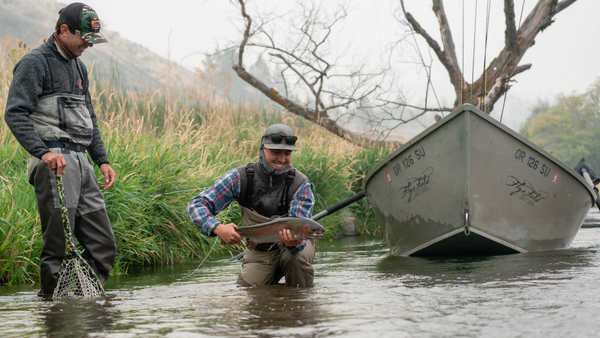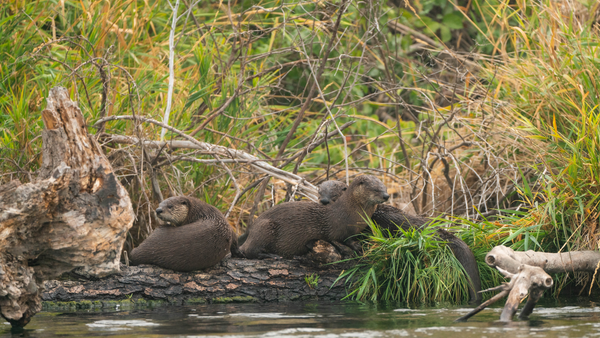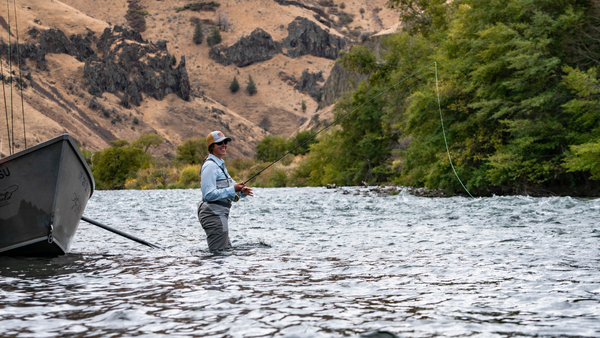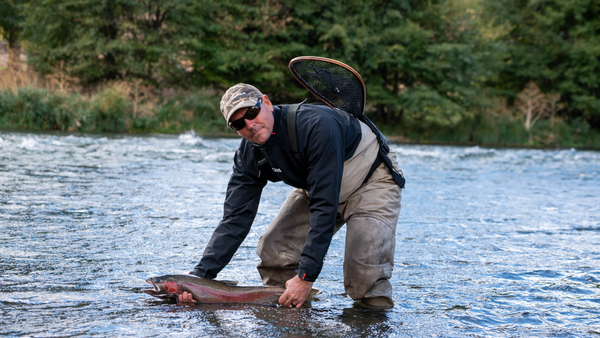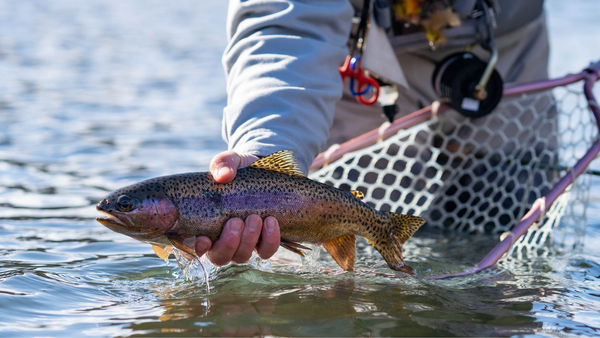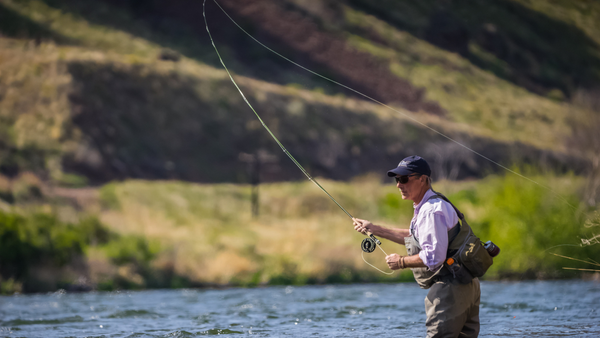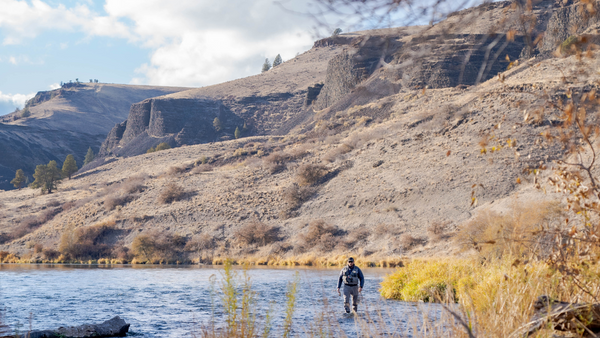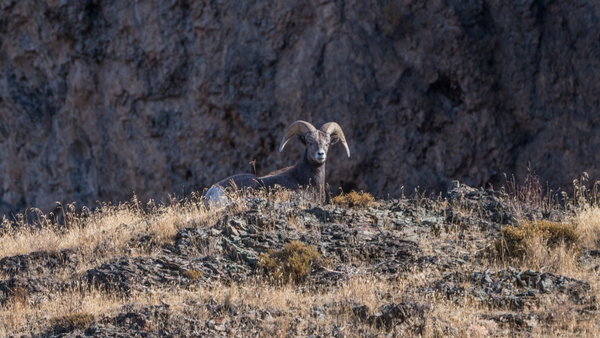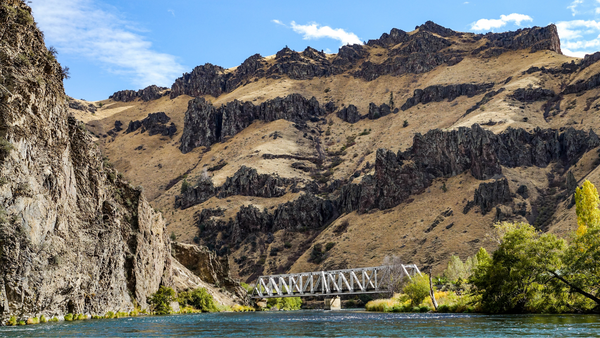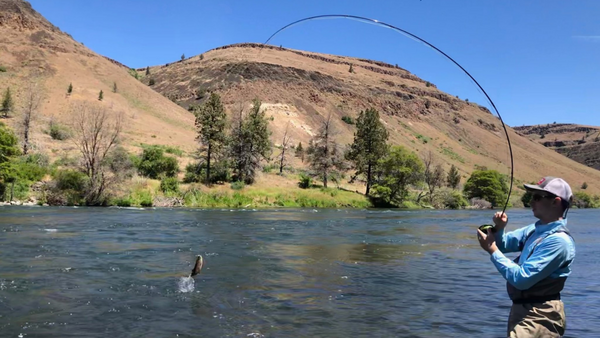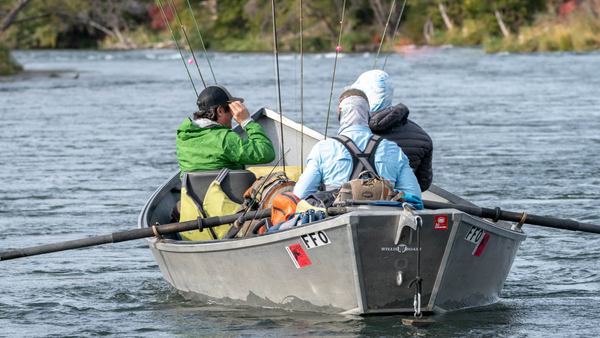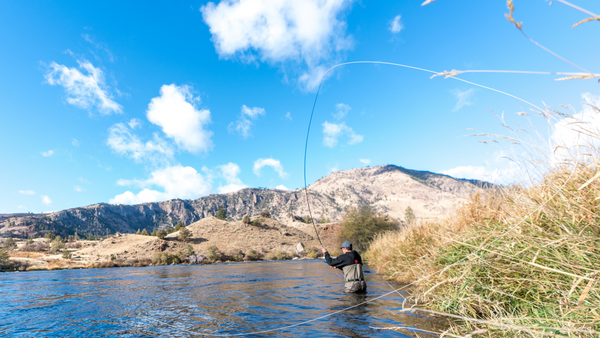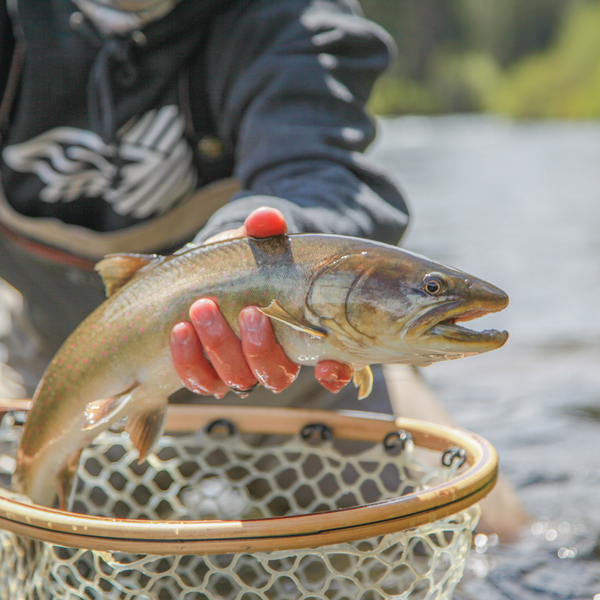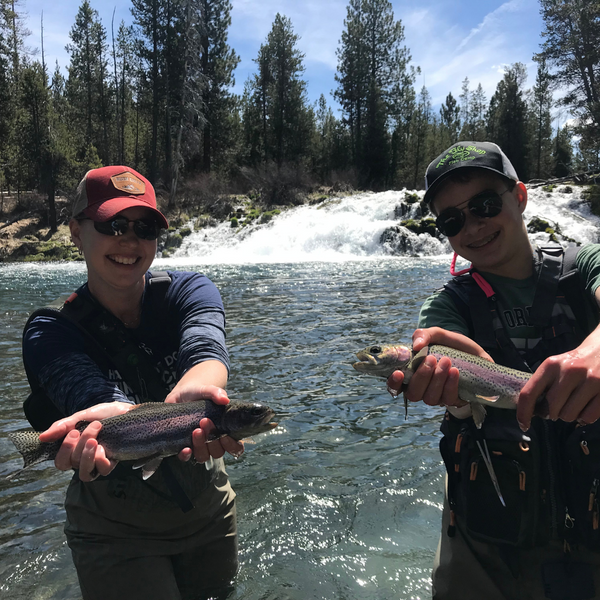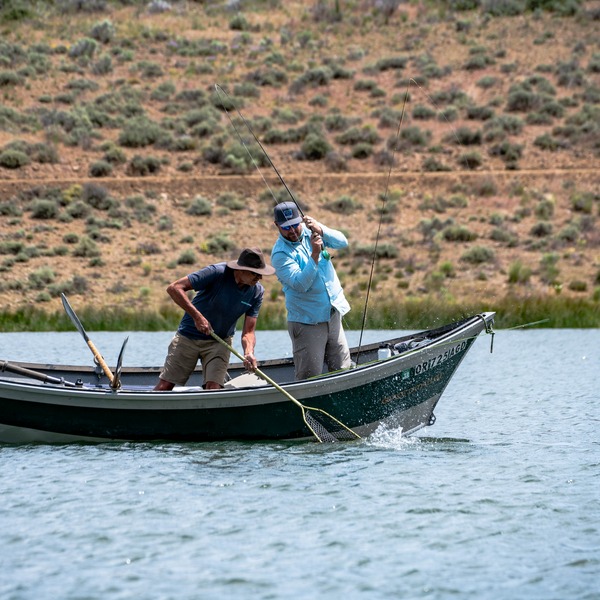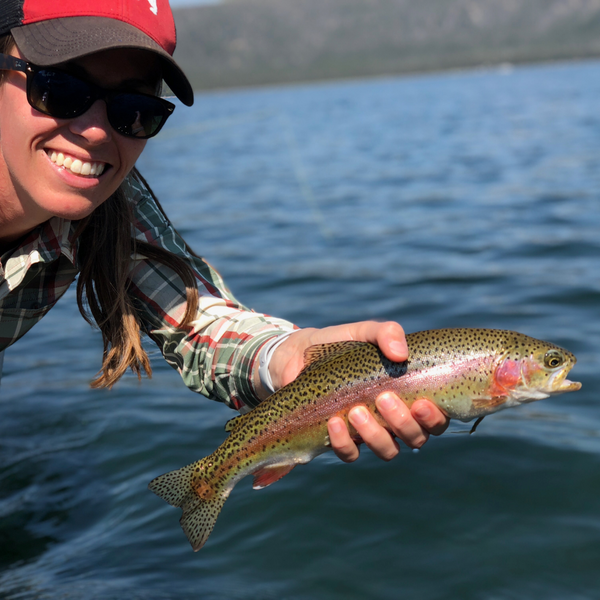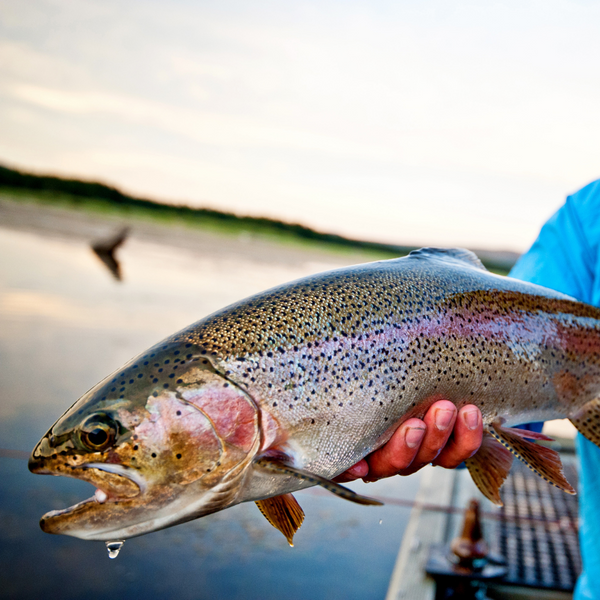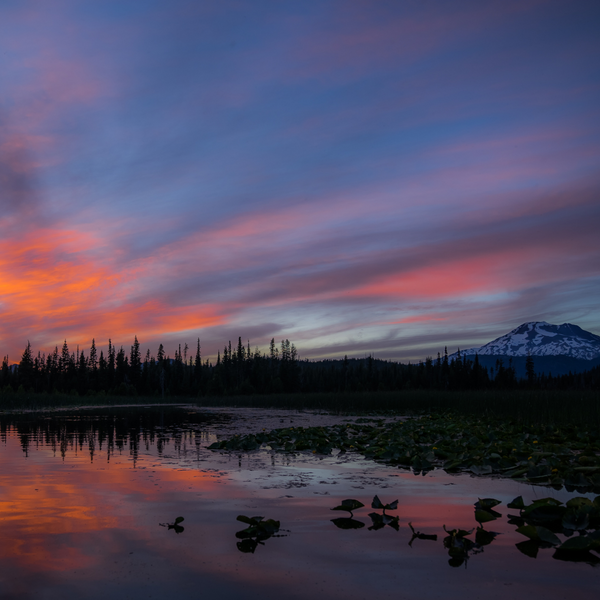Lower Deschutes River - Where we all want to be.
The Lower Deschutes River is an amazing fly-fishing destination here in Central Oregon. It is known as one of very few Blue Ribbon fisheries for both native trout and wild steelhead. The river runs one hundred miles from the last dam to the mouth at the Columbia River and is designated as ‘Wild and Scenic’. The Lower Deschutes has been a must-fish destination for generations of anglers from around the world. The canyon is epic in every way. Towering walls, basalt pillars reaching tabletop rim lines, multi-layered caldera ridges, archetypal high desert terrain, diverse birds and wildlife, and all the while an ancient, powerful river tugs at every synapse you possess. It is a place that awes and inspires on every level.
The Lower Deschutes River flows south to north from Pelton Dam near the town of Madras to the Columbia River, winding through some of the most gorgeous and pristine canyon lands in the U.S. It is famous for the native, genetically pure rainbow trout, known as “Redbands”. These are some of the most beautiful, hard-fighting trout anywhere. But the river is perhaps best known for the healthy summer-run steelhead that enter from the Columbia each year in late July. If you are looking for a great fishing destination in the cooler months, check out the southern stretch of these waters known as the Upper Deschutes.
However, whenever and for which species you prefer to fish the river, the surroundings will capture your heart and soul every time you look up from the water’s surface. It is so easy to imagine the history of the canyon; the massive migratory tribes that set up camps every year to greet tremendous runs of salmon and steelhead; the fierce battles waged over prime fishing areas; great herds of elk and deer. The spirit still breathes through the canyon in every afternoon zephyr.
The Inside Scoop
There are several special regulations on the Lower D. The season begins April 22 on the stretch below the dam to the northern boundary of the Warm Springs Reservation. The rest of the river is open year ‘round. All wild steelhead must be released. The native bull trout are federally endangered. All Redbands over 13” must be released and there is no bait allowed on the entire hundred miles of the Lower Deschutes.
Late spring is renowned for the Salmon Fly hatch, a stonefly as long as your pinky! The dry fly fishing from mid-May to early June is some of the most explosive you’ll ever experience. The rest of the summer is spent pursuing the Redbands in any fashion you desire. You can spend the days wet wading riffles, fishing nymphs under an indicator, and working every seam. Or prowl the banks looking for heads tipping to caddis and PMDs behind overhanging branches and in the eddies. Or swing large articulated “Skulpzillas” through drop-offs for truly exhilarating grabs!
Late summer brings steelhead season. Beginning in the lower reaches and progressing upriver and into the short, cold days of late autumn, steelhead can be caught both on swung flies with Spey Rods or with large subsurface offerings under an indicator using single-hand rods. To put it simply, we can tell you about fly fishing the Lower D all day. But if you really want to get to know and understand these waters, book a Deschutes River Guided Trip and our professional guides will actually show you the best gear, flies, and fishing holes to get you fooling fish in no time.
FAQ’s About Lower Deschutes Fly Fishing
Other Local Fisheries
Latest Fishing Reports
Jan 17, 2025
Lower Deschutes Update January 17th, 2025
Jan 17, 2025
Crooked River Update January 17th, 2025
Jan 17, 2025

